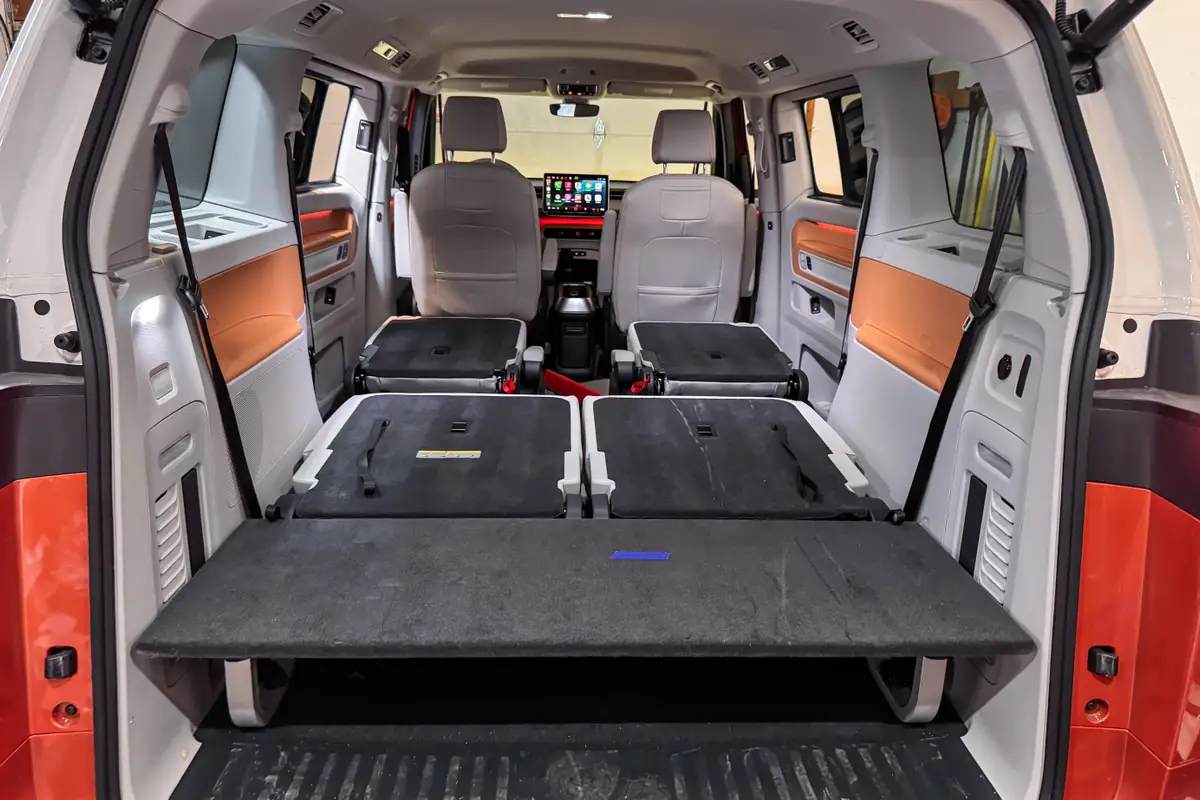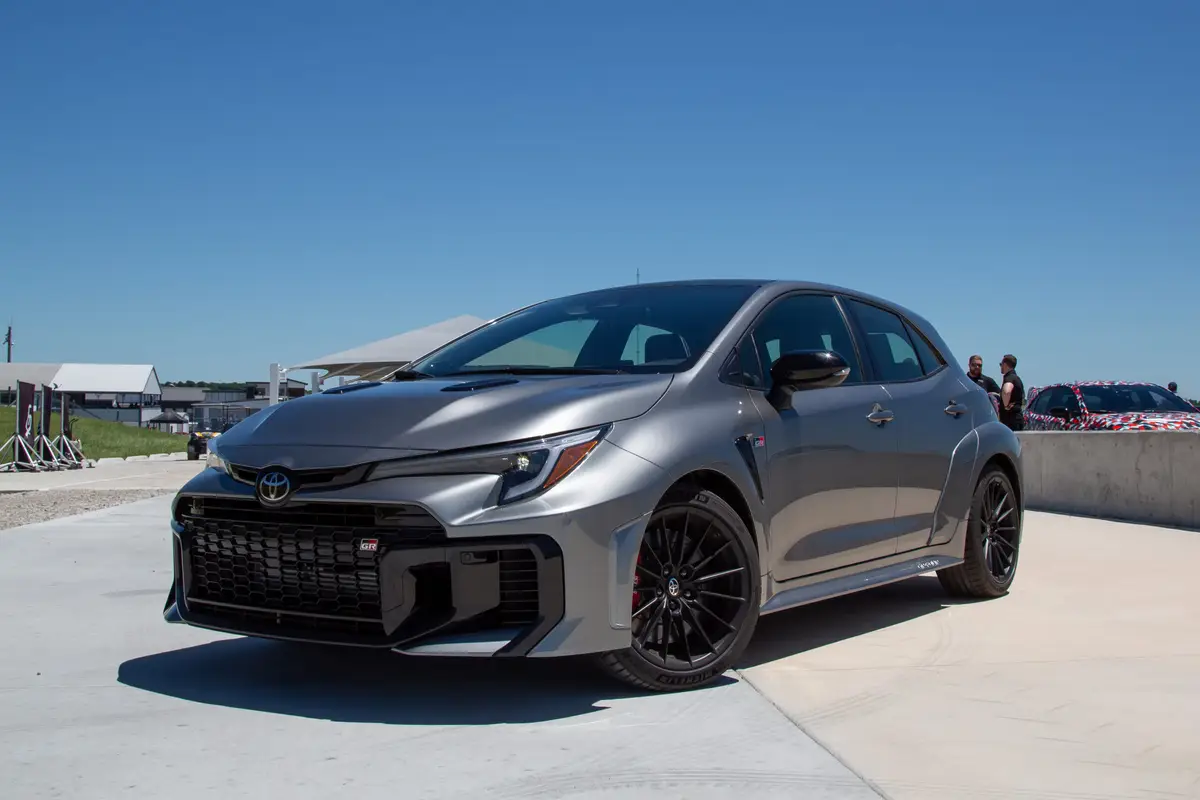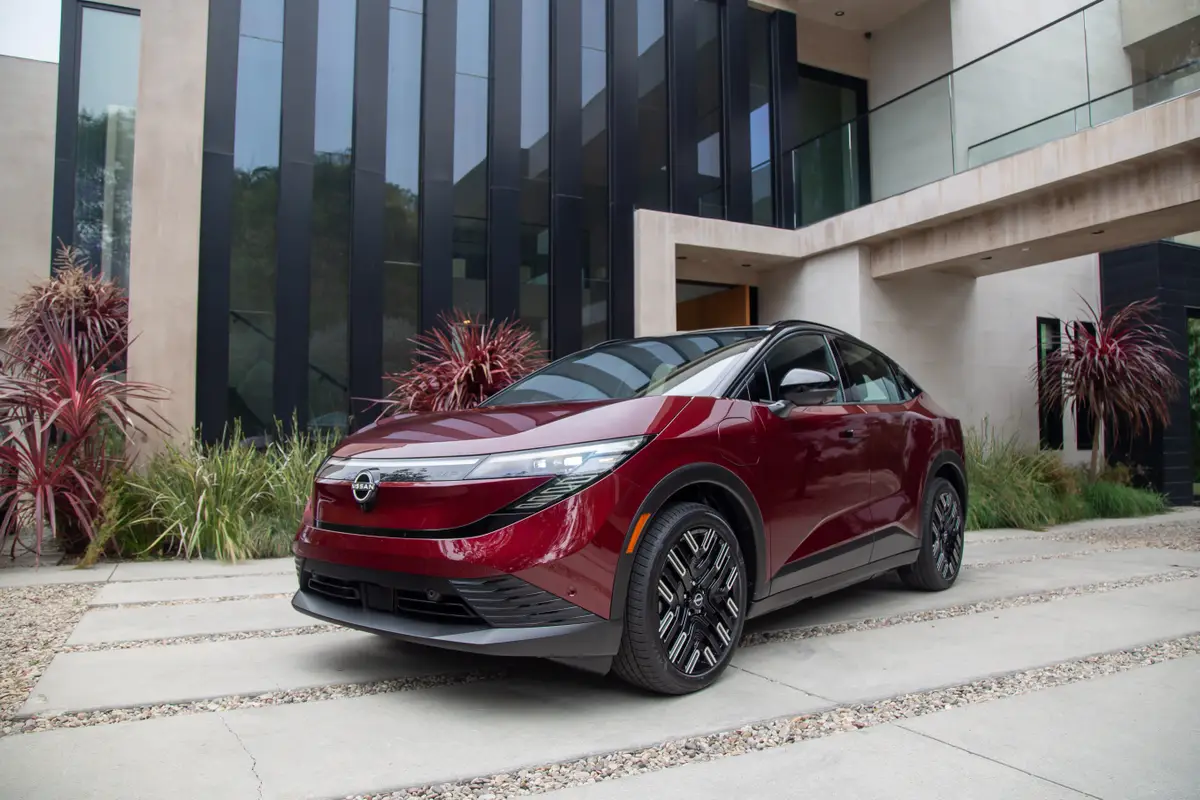2017 Hyundai Elantra: Real-World Mileage

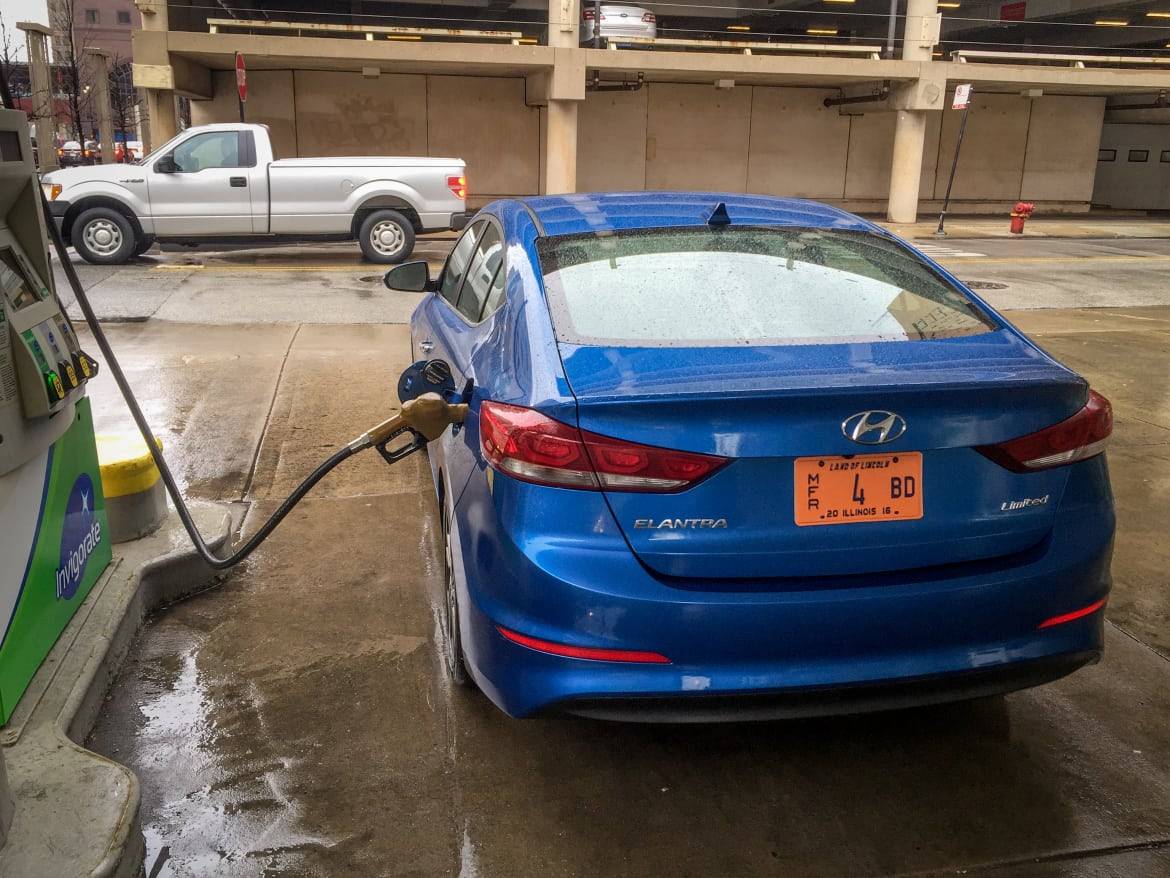
CARS.COM — When Hyundai redesigned the Elantra for 2017, the automaker missed the opportunity to leapfrog, or at least meet, the competition’s fuel economy. With automatic transmissions, the Toyota Corolla, Honda Civic and Chevrolet Cruze all have models getting get as high as 35 mpg in EPA combined ratings, better than the Elantra’s EPA-estimated 32 or 33 mpg with an automatic, depending on trim level.
How do the Elantra’s numbers hold up in real-world driving? We took a 369-mile, three-day trip from Cars.com’s Chicago offices to Davenport, Iowa, to find out.
Related: 2017 Hyundai Elantra Review
Our test car was a 2017 Elantra Limited with an EPA rating of 28/37/32 mpg city/highway/combined. Our trip put that highway number to the test: It was heavy on expressway travel and cruise control.
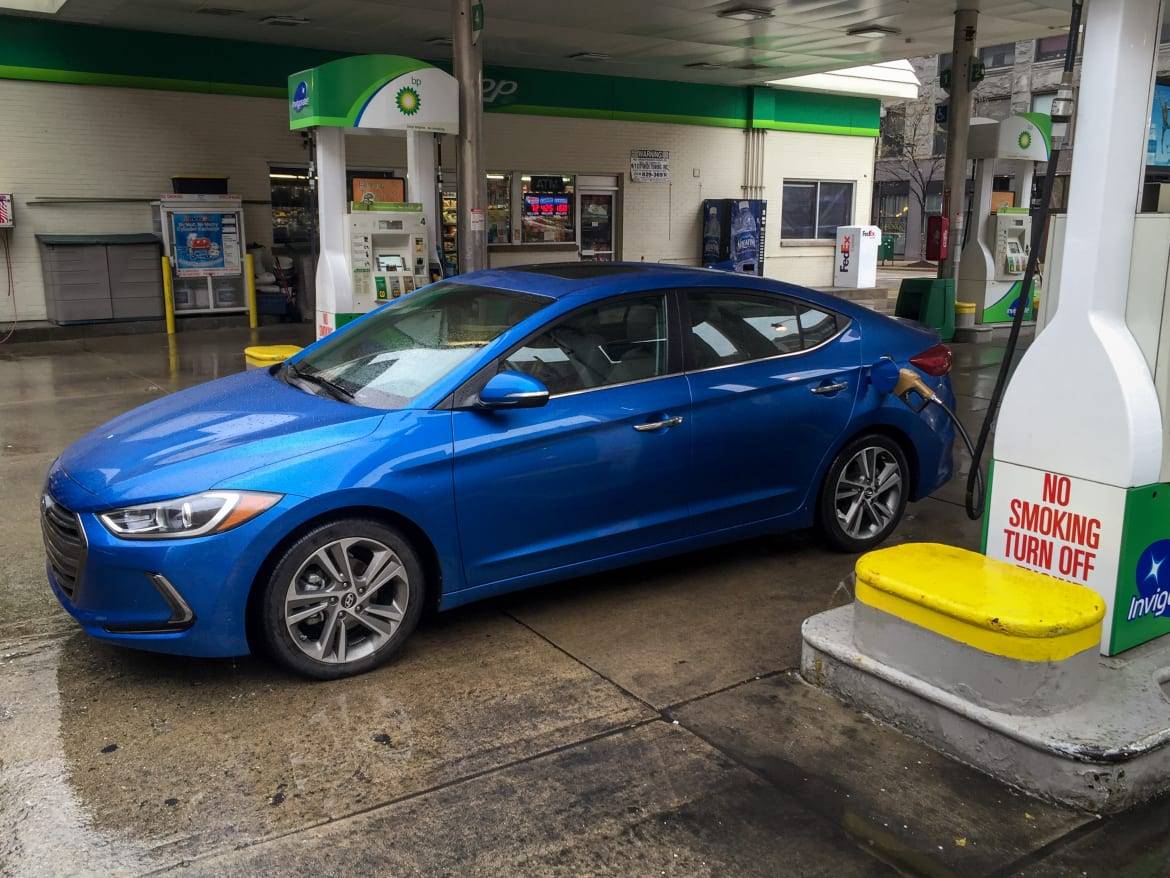
We reset the trip computer and gassed up before we left, then returned to the same station and pump two days later. Alas, a faulty pump overfilled our tank before clicking off — really before we clicked it off, scowling included — to foil any at-the-pump calculations. (Think Jeff Daniels in “Dumb and Dumber,” minus the sheepdog.) That left us with just the computer.
By that accounting, the Elantra essentially matched its EPA highway number: 36.8 mpg over 369.0 miles at an average speed of 54 mph. And that was entirely in the car’s Normal driving mode, with the automatic climate control in its automatic setting between 68 and 72 degrees. We avoided the driver-selectable Sport and Eco modes and drove as we normally would on a road trip, questionable music choices and all.
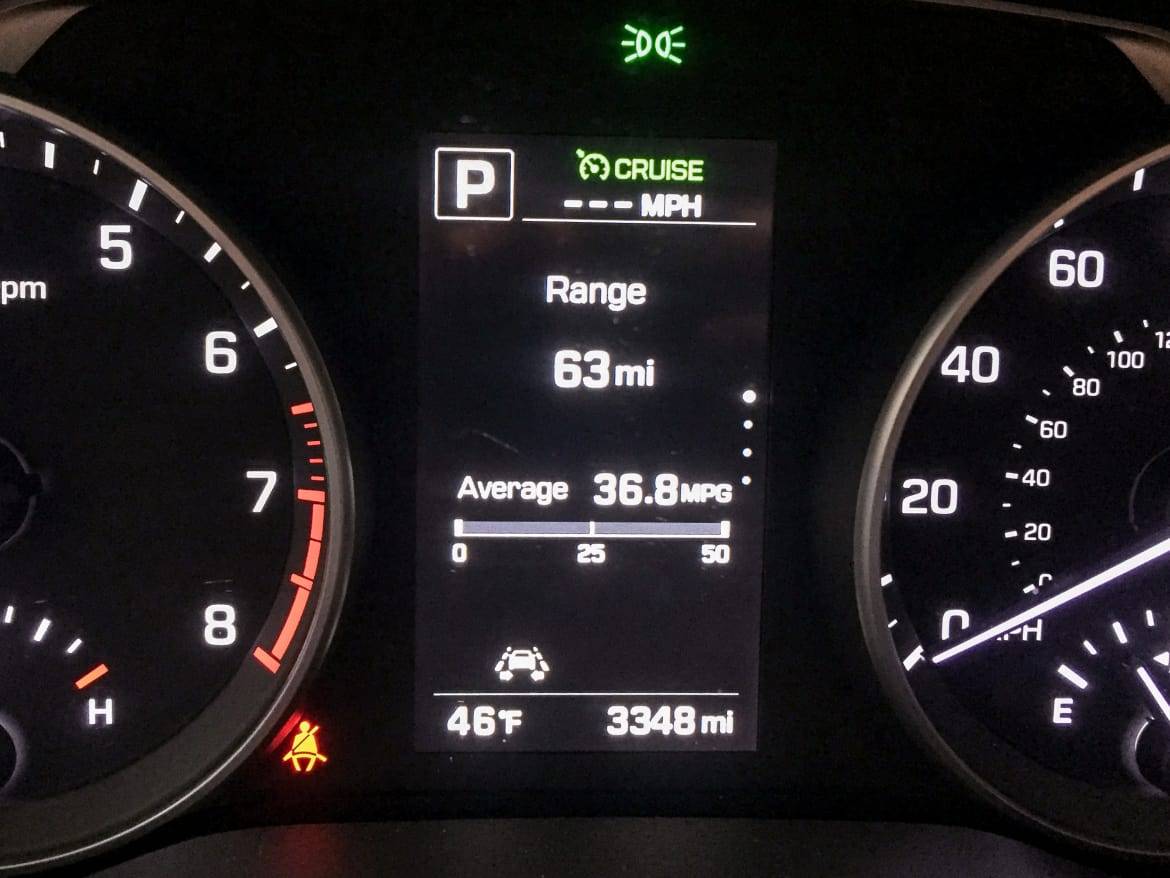
Conditions were less than ideal. Temperatures were in the 30s on the westbound trip with mixed rain and snow. They improved to the 40s with light rain on the way back, but both legs were windy. Sustained crosswinds (more on the eastbound return trip than the westbound leg) were in the teens with gusts up to 30 mph, according to Weather Underground data along our route. Those were conditions that a GM engineer once told us should diminish gas mileage considerably — yet the Elantra still hit its highway number.
It also drove well, with impressive composure at 75 mph for a compact car. Over significant bumps, the Elantra’s ride felt a touch firmer than the prior-generation car, but overall isolation and noise abatement are good for the class (though at least one other Cars.com editor still finds the Elantra too noisy).
Compact sedans have struggled for sales as still-cheap gas moves shoppers toward SUVs and trucks. Despite the redesign, Elantra sales are down 30.6 percent through the first three months of 2016. But compacts will be a staple in America’s automotive landscape for years to come, especially once gas prices climb back up. Stay tuned; we hope eventually to test the new Elantra against the rest of its updated class to see which car reigns supreme across a number of categories, including mileage.

Former Assistant Managing Editor-News Kelsey Mays likes quality, reliability, safety and practicality. But he also likes a fair price.
Featured stories
